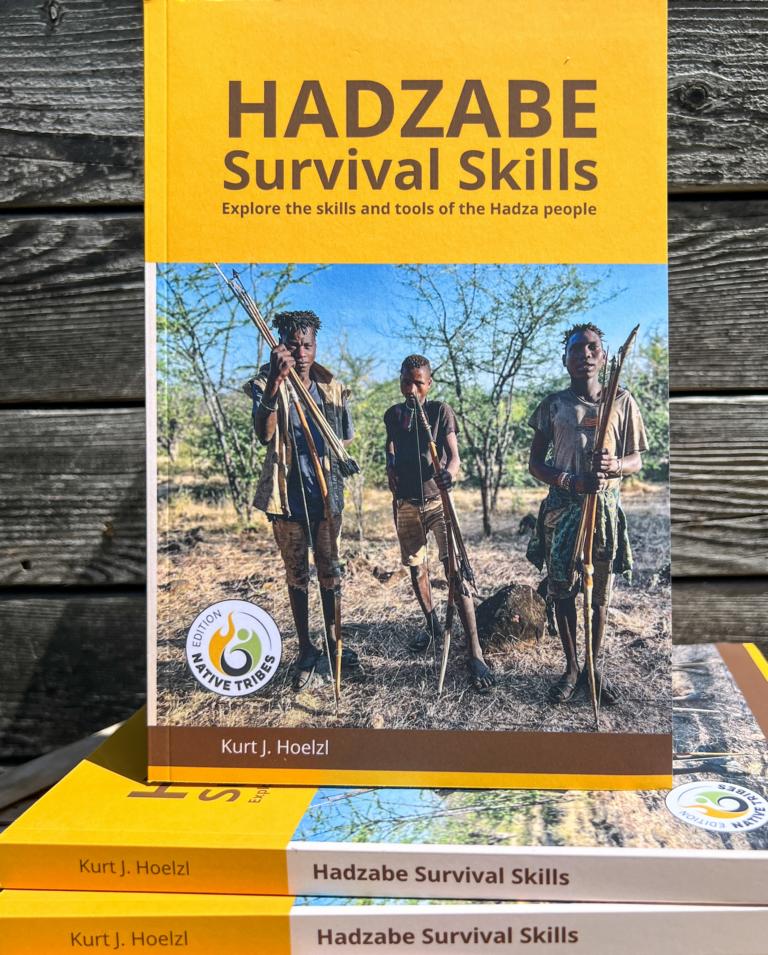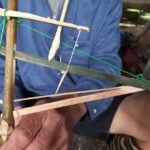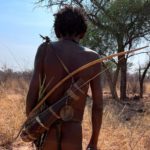Determining wind direction is necessary when on a hunt or trail in Southern African wilderness areas. Besides being constantly aware of the direction of the wind, the relationship to the sun has to be checked all the time. Only when the wind is not carrying our smell toward the game is it possible to stalk them. There are animals whose hearing or sights are more acute than smell, but as a principle, all animals should be approached downwind. Any noise has to be avoided, and the stalker should not be walking in the sun but in the shadows.
Various methods determine wind direction when moving in Southern African wilderness environments. They all have to be very sensitive, as wind is often not directly sensible but carries our odor fast and far enough for animals to smell.
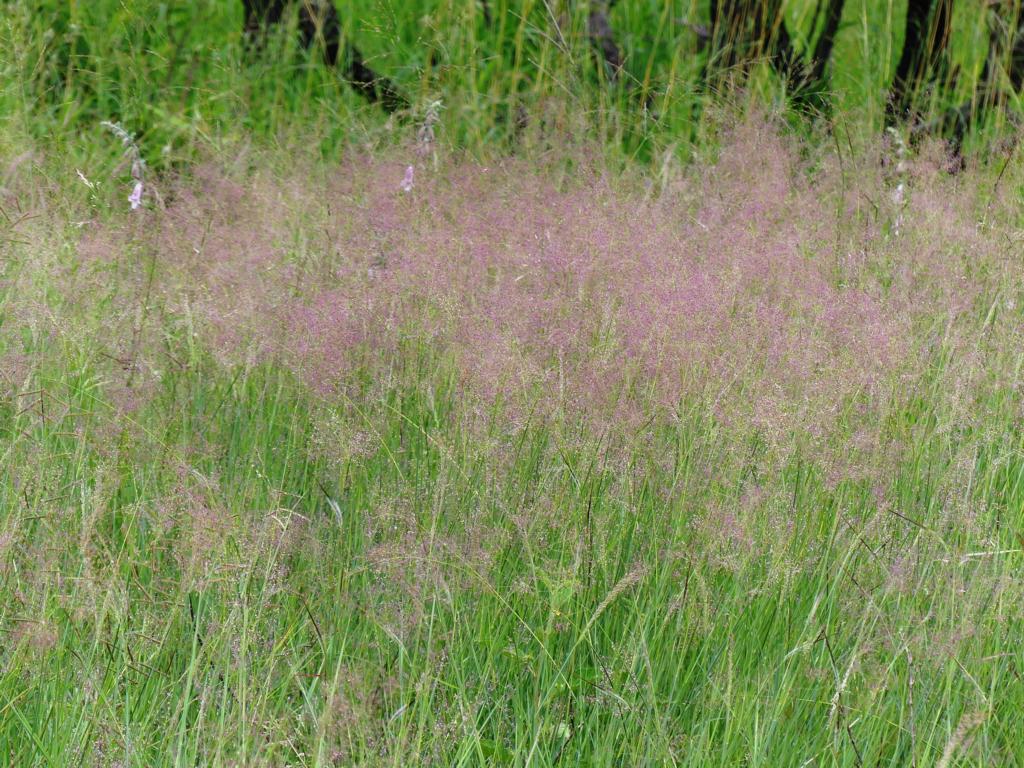
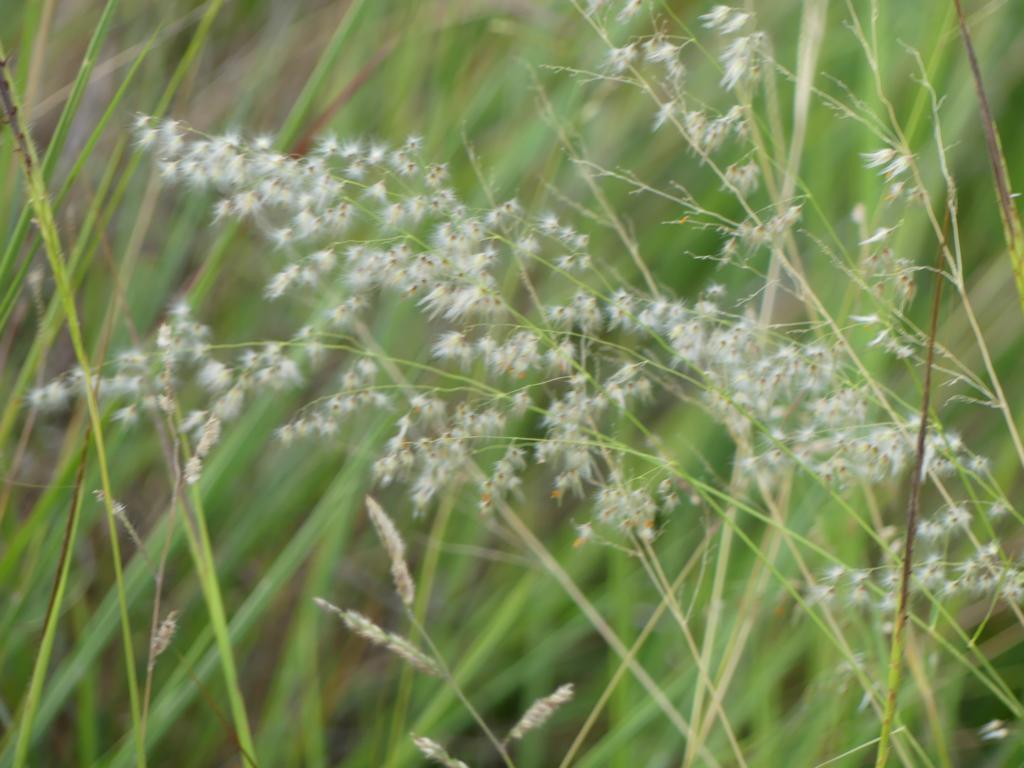
Movement of grasses, wind on skin, or use of a lighter
The easiest method is to observe moving grass heads. Again, these have to be very sensitive grasses, like Natal Redtop (Melinis repens), Guinea grass (Megathyrsus Maximus), or Common Fingergrass (Digitaria eriantha)—which is quite top-heavy—and others. It must be considered that moving grasses are fixed on the lower point, which restricts their movement.
Another standard method, especially in colder climates, is exposing skin to the wind. Usually, someone can feel it on his cheeks if the wind is blowing in this or that direction.
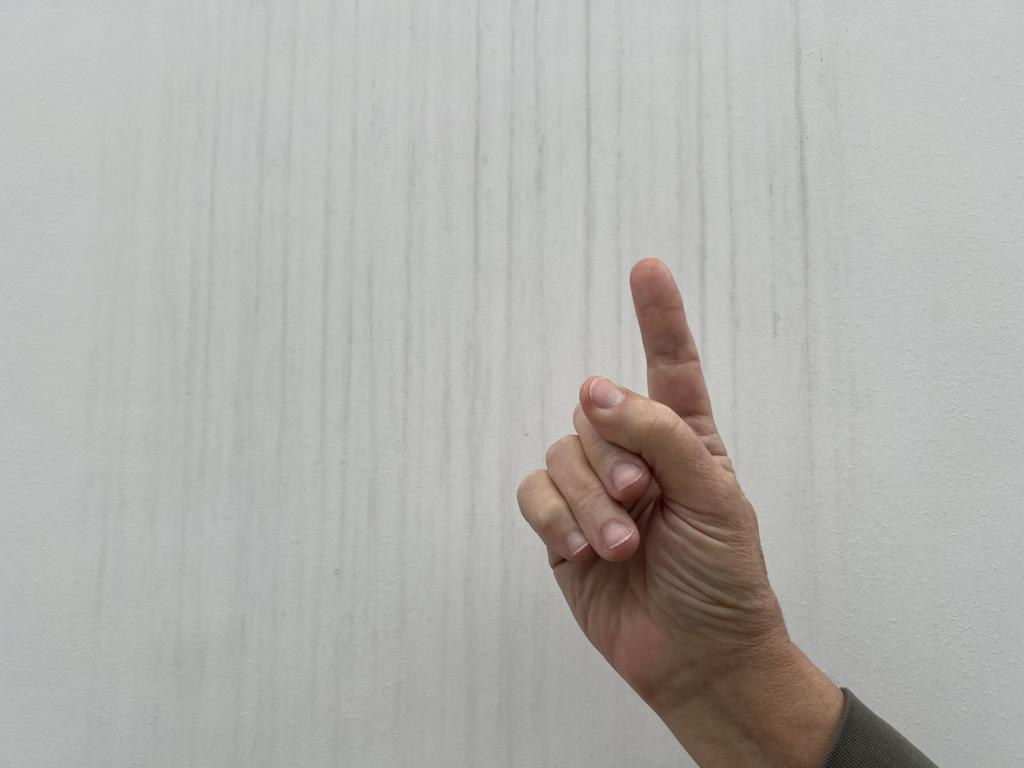
Or a finger is wetted with spit and held into the wind. Logically, the side from where the wind blows will feel cooler. These methods are not recommended for Southern African conditions because they are too insensitive for practical use.
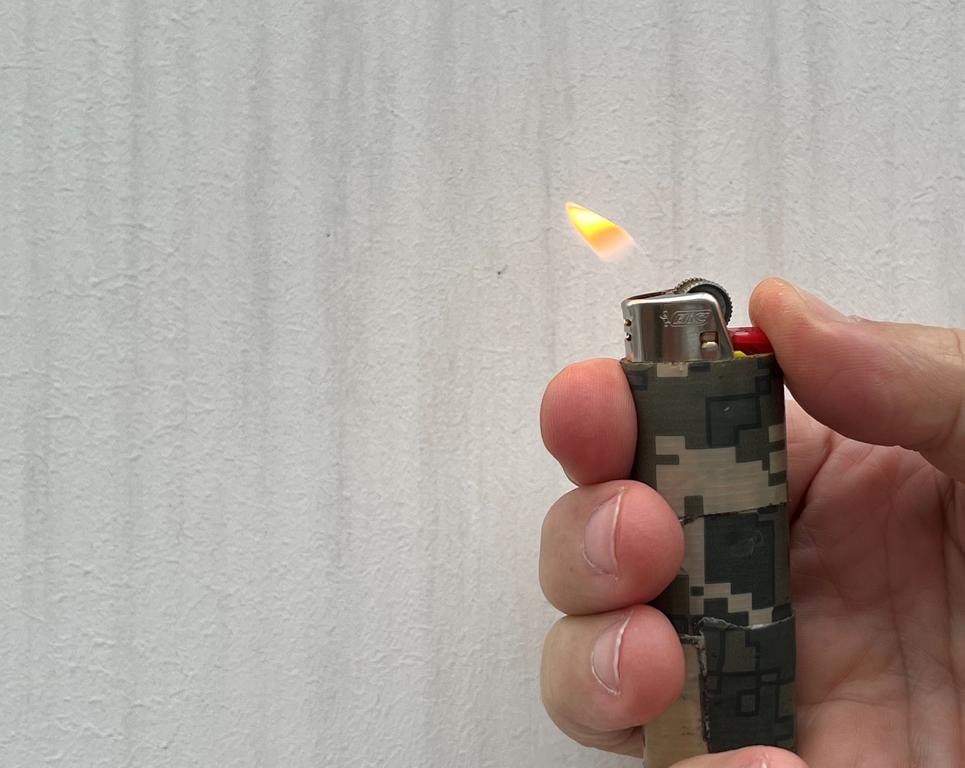
It is better to use a lighter and watch the direction in which the flame moves. The disadvantage of using a lighter is the possibility that the game will hear the flick of the steel wheel on the flintstone. If this short noise is acceptable, it’s a suitable method of determining wind direction.
Ash bag or sand
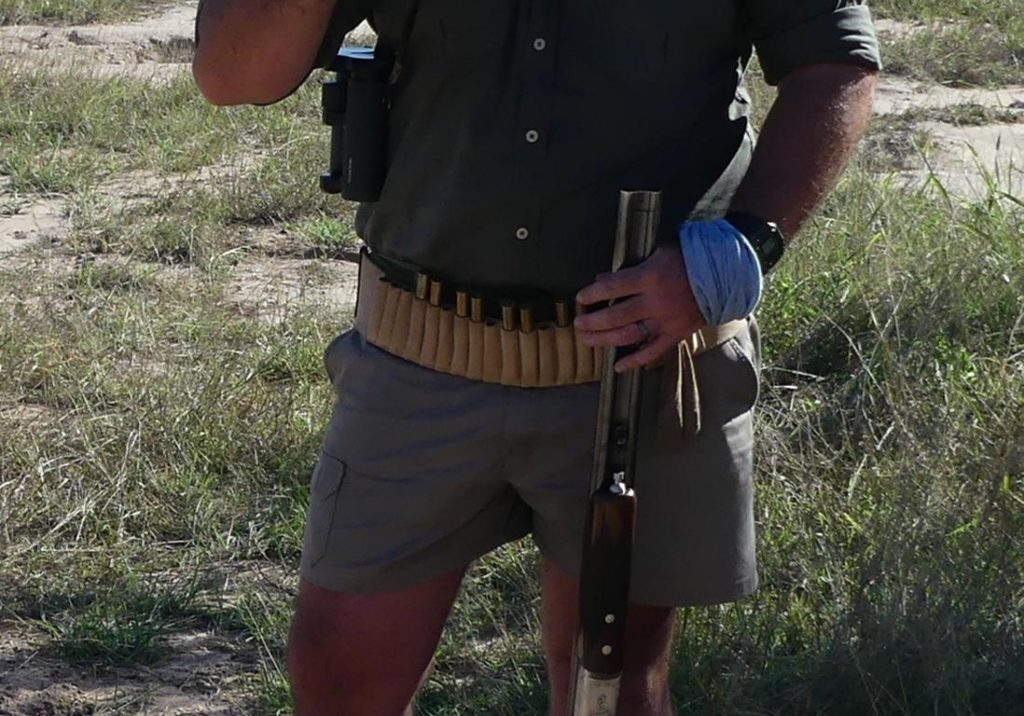
Another standard method among Professional Hunters is to use an ash bag. They cut off an old, thin sock, fill it with wood ash from a cold fire, knot it up, and hang it on their ammunition belt. They take it off the belt, hold it in the air, and tip it on with a finger. It is incredible how clearly these fine ash particles show the wind movement—in many cases, it is prolonged and even curly. And the refill of the bag costs nothing.
An even easier method is using fine particles on the go, which does not spoil the shorts. In some very sandy areas, the sand has a fine consistency or a grain size distribution with a high fraction of tiny particles. Such sand can be taken from the ground, held high, and left to fall. Depending on the number of very fine particles, the direction of the wind can be determined immediately.
Scrub hare droppings for determining wind direction
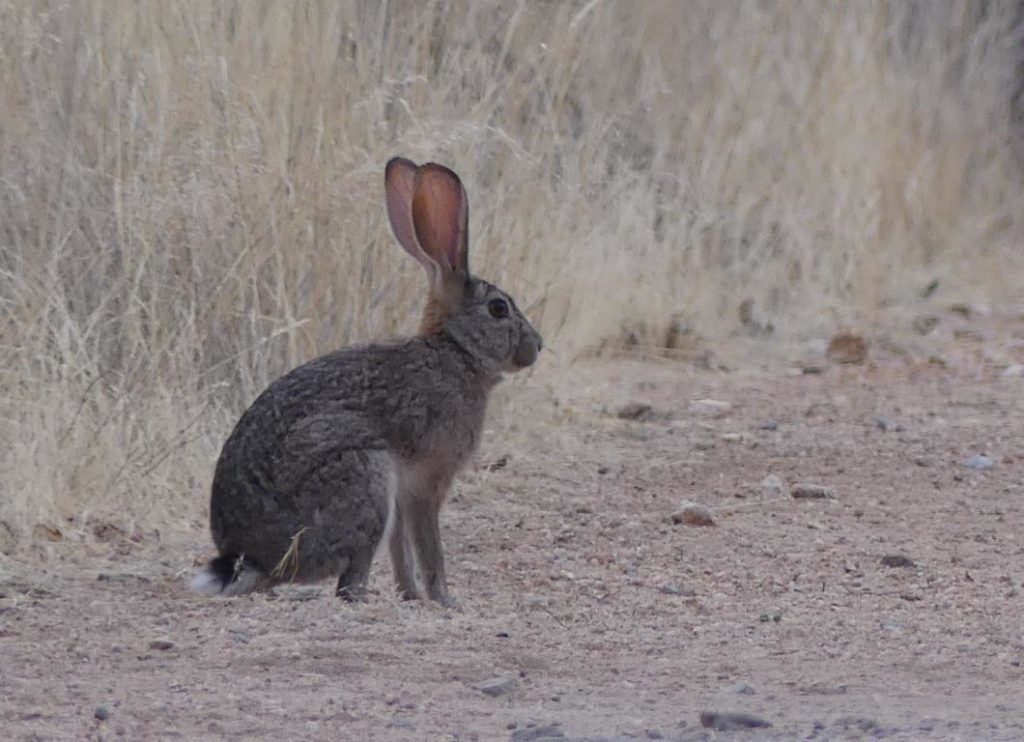
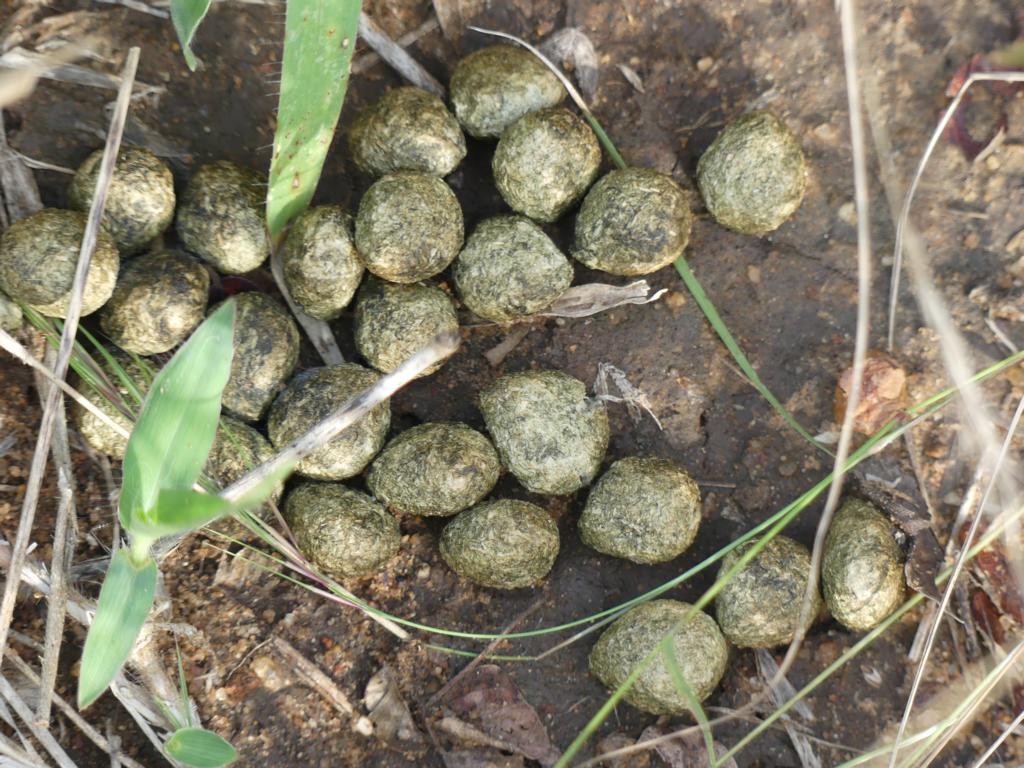
My personal favorite, however, is a different one. Its Scrub hare (Lepus saxatilis) feces. These scrub hare droppings are omnipresent in African savannah areas. And they do not care about geology or hardness of the ground surface or whatever – they are just there. Scrub hares have the nice (for us) habit of feeding on their droppings when freshly deposited. Biologists call it ‘coprophagy’, which keeps as many vitamins, minerals, and enzymes as possible back in the hare’s body.
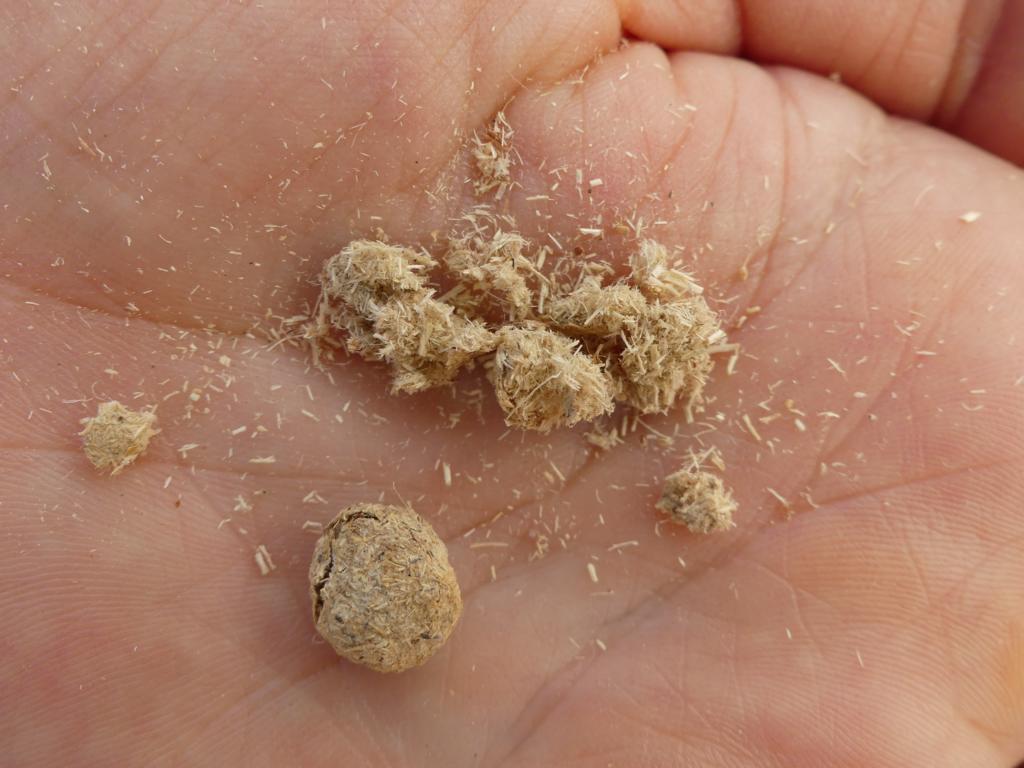
Due to this double-chewing behavior, scrub hare droppings contain exceptionally tiny particles. Taking a scrub hare, dropping it in the hand, and crumbling it in the air will give a highly visible and sensitive indication of the direction of the wind.
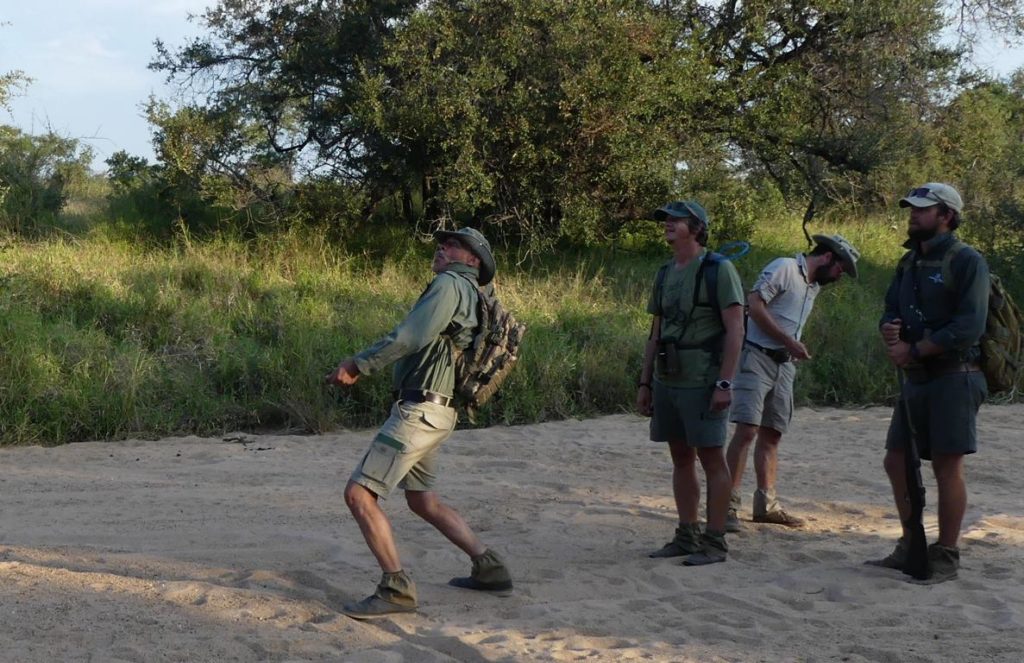
On the lighter side, if kids like to play in Southern African savannahs, they take hare droppings into their mouths (no vitamins, minerals, or enzymes are inside anymore) and start a scrub hare-dropping distance spitting competition!
Lessons learned from determining wind direction in nature:
- When hunting or trailing in African savannah wilderness areas, someone must be constantly aware of wind direction.
- Checking wind direction on open skin (face, wetted finger) is often too insensitive.
- Better methods are opening flames of lighters and ash bags or throwing sand into the air.
- The best method, however, is crumbling scrub hare droppings for checking wind direction.
.

